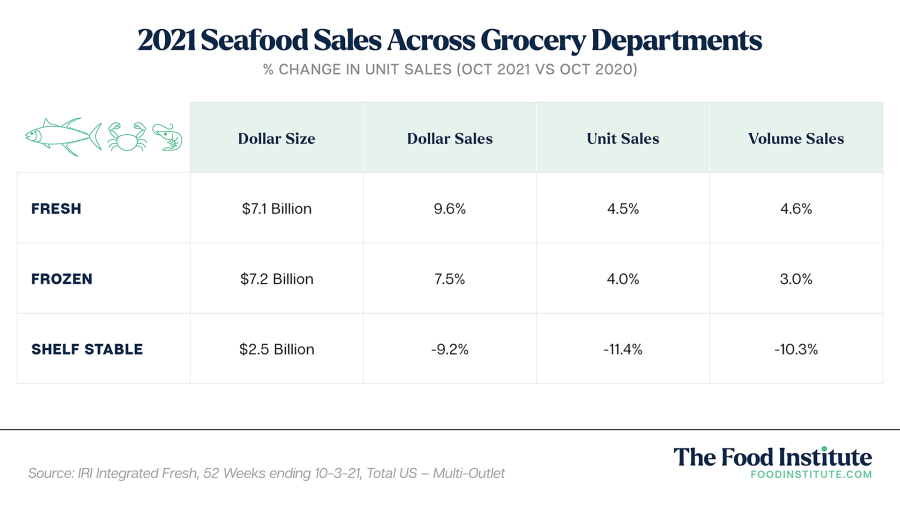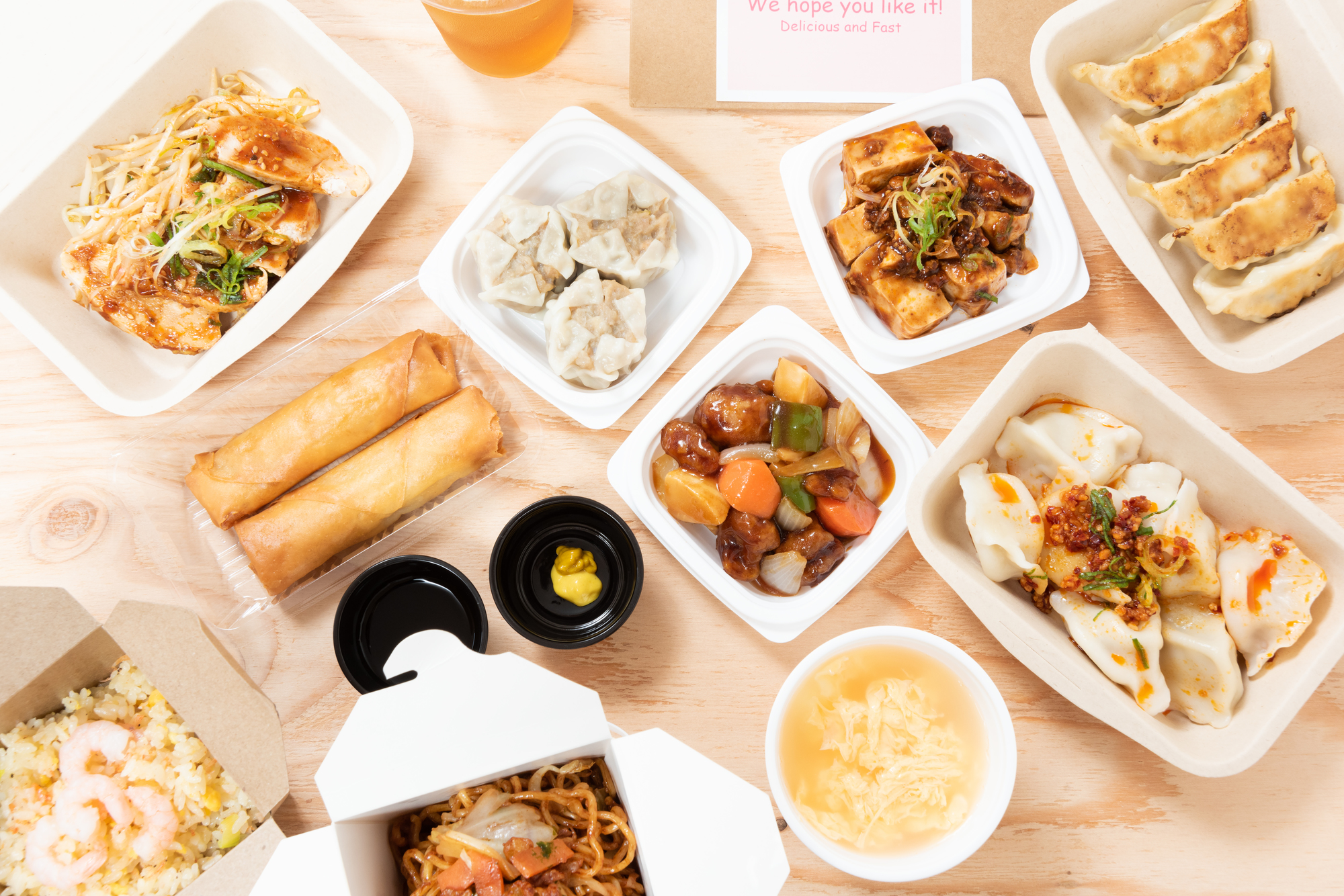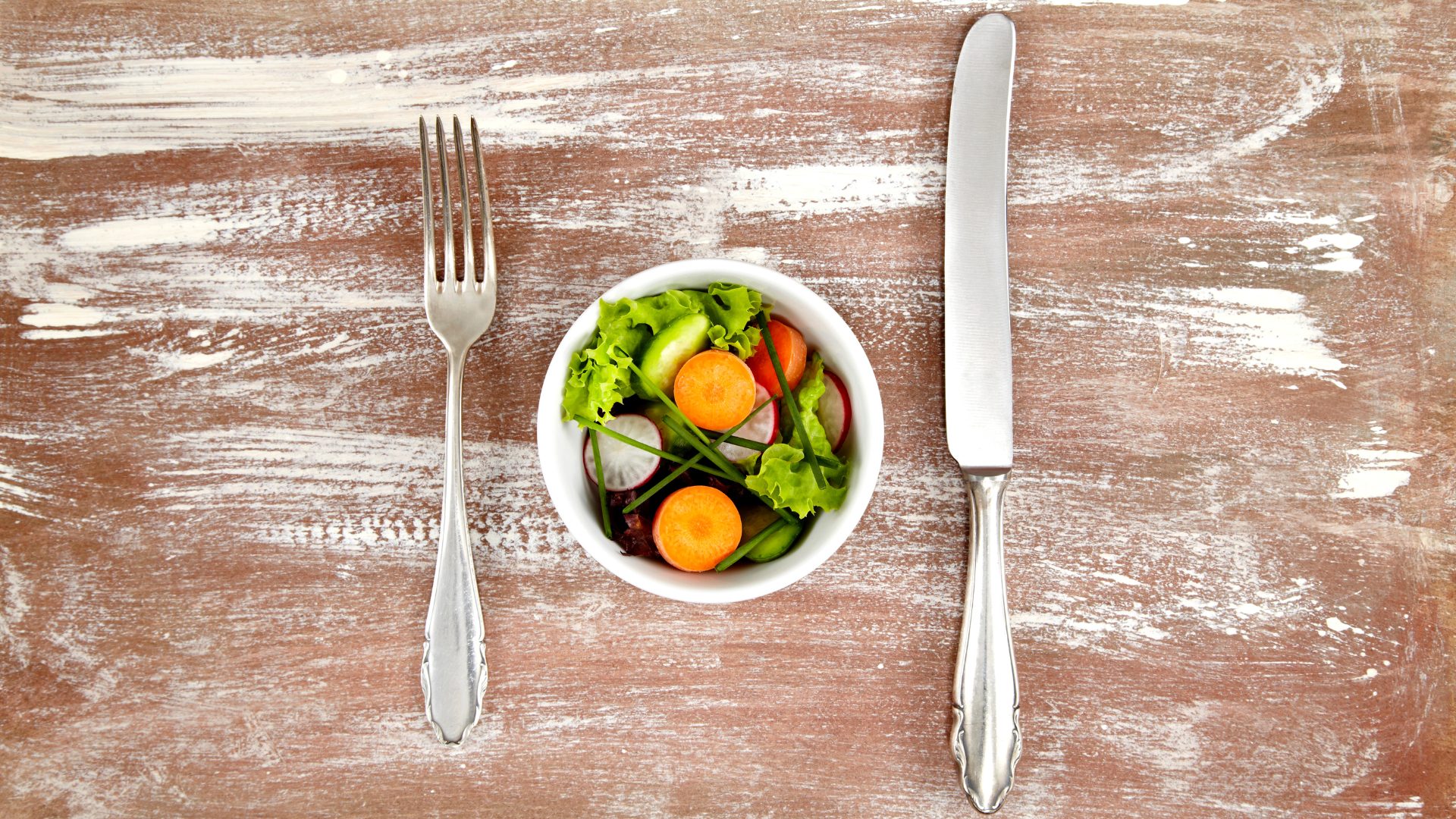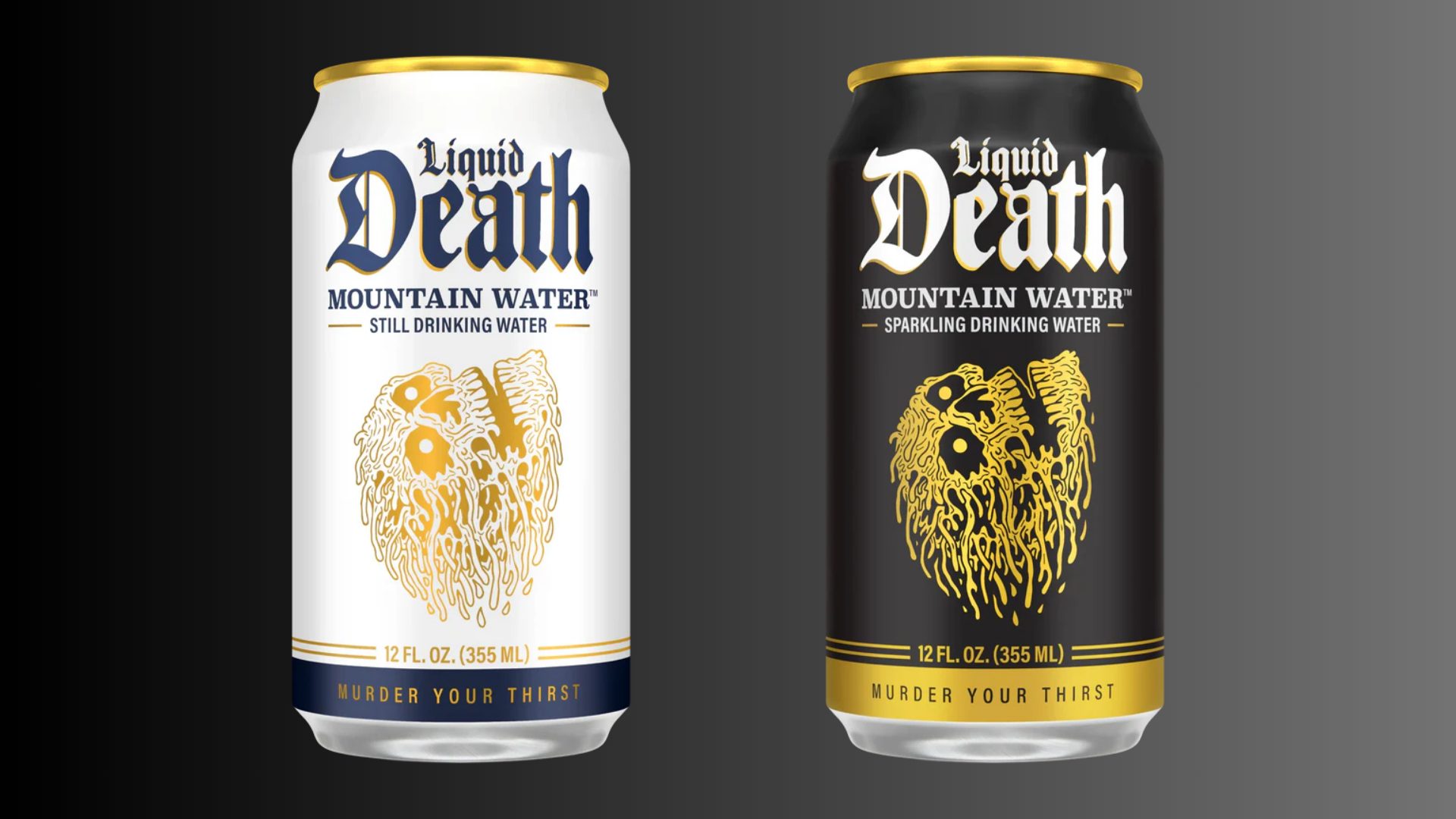Seafood sales continue to trend upward at the grocery store as health and environmental benefits sway more consumers towards so-called “blue foods” and restaurant accessibility remains in flux.
Overall sales for the category totaled $16.8 billion for the 52-week period ending October 5, up 5.4% versus a year ago and 31% higher than two years ago, according to IRI data.
While shelf stable seafood continued to slip across the board given the high demand in the early pandemic months of 2020, both frozen and fresh seafood dollar sales surpassed $7 billion with corresponding unit and volume figures continuing to show traction.
The growth trend is largely driven by pandemic impacts on restaurant operations, noted Joe Bowab, founder of Lobster Anywhere, a wholesale provider of live Maine lobsters.
“It’s apparent everywhere, from big-name retailers to discount chains and regular supermarkets, Bowab told The Food Institute. “Shoppers who perhaps rarely cooked seafood before have decided to put salmon, shrimp, and lobsters on their own kitchen tables.”
Notable Purchasing Shifts
Frozen food was a top performer in 2020 and that trend has continued into 2021. By seafood type, frozen fish led annual unit sales at 3.2 billion, up 24.8% compared to 2019, while the second-largest segment, frozen raw shrimp, marked a monumental 55.7% increase over the same period.
In the fresh category, salmon held a significant lead in year-over-year unit sales, with shellfish completing the lineup of top four best-selling species.
When comparing sales to 2019, fresh lobster was up a whopping 42.6%, followed closely by fresh crab, both of which are traditionally restaurant-friendly offerings.

As Bowab notes, while adapting to the sudden consumer shifts brought on by the pandemic and placing too much dependence on the popularity of seafood is a difficult balance for retailers, “the sales increases have been quite resolute, which should offer some optimism for the wider seafood industry.”
Blue Food Outlook
Recent research published in the journal Nature (Sept 15) projects that global demand for “blue foods” — which include any animals or plants that originate in bodies of water — will roughly double by 2050.
One-quarter of consumers are eating more seafood than they did a year ago, according to the International Food Information Council’s 2021 Food & Health Survey. Furthermore, 36% of adults are eating more seafood in place of meat, reported Food Technology Magazine (Sept 6).
“People are trying to make more informed choices about the food they eat, in particular the environmental footprint of their food,” said research collaborator Ben Halpern, a marine ecologist at UC Santa Barbara’s Bren School of Environmental Science & Management. “Blue foods stack up really well overall and provide a great option for sustainable food.”











